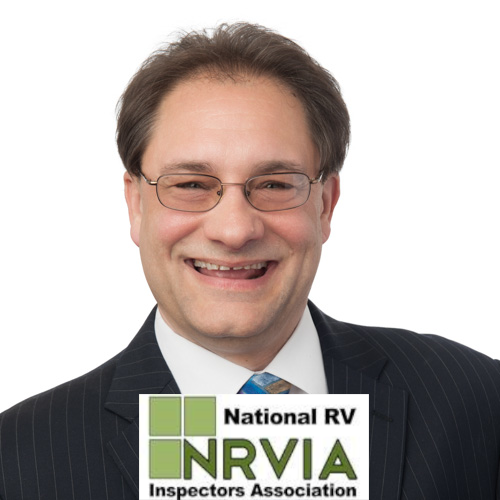Q: What are some of my options to do internet while RVing?
A: (as told by Brian Swartzfager :
I’m a full-time RVer who works 40 hours a week – Monday through Friday during business hours – as a software developer. While I connect to work using a laptop, my workspace is on a virtual machine running on a remote server. So the keystrokes and mouse movements I make in the RV are transmitted over the Internet to my workspace. I interact with my colleagues via chat and web videoconferencing, so a meeting-heavy day can use up a lot of data. Generally, I will use somewhere between 500MB to 1.2GB of data during the workday.
Clearly, I need a reliable and decent Internet connection in order to do my job.
So what do I use to make sure I have that Internet service? My primary Internet source is my Verizon 8800I Jetpack cellular hotspot, which is tied to an “unlimited” data plan that was retired early in 2019 (unlimited in that there’s no GB limit to the amount of data I can use, but I will get slower speeds / less quality service if the tower I’m connected to is saturated with cellphone users, who get data priority over me). Attached to the Jetpack is a Netgear 6000450 MIMO antenna that has suction cups that allow me to affix it to a window.
Before we pick a campground to stay at, I check the campground’s location using the “Coverage?” smartphone app, which provides a color-coded map of the United States showing the coverage area for your cell provider of choice, to make sure we OUGHT to have a good Verizon signal at the campground. Once we arrive at the campground, I set up the Jetpack and affix the antenna to one of the windows near my desk and look at some data regarding my connection strength. I look at the signal strength and SNR numbers on the Jetpack itself, and at the upload and download speeds reported by two different network speed detection websites. I’ll then move the antenna (it is directional) to a window perpendicular to the first and check again to see which direction works best.
If the signal strength is weak in both directions, I will then set up my weBoost Drive X RV cellular signal booster. I’ll attach the outside antenna to its bracket at the top of the ladder (above the roofline) on the back of the RV, run the outdoor cable from that through the gasket seal in one of the slides of my RV, attach that cable to the power bank and on through to the indoor cable and indoor broadcaster, which gets placed a few feet from my Jetpack. That usually improves the signal to the point where it’s usable.
If I still cannot get a decent connection with Verizon, then I will fall back to using the hotspot on my smartphone, which has a service through AT&T that allows me to use 15GB of data through the hotspot per month. One nice thing about the weBoost is that it boosts any cell signal from any carrier, so if I keep my phone within a few feet of the weBoost indoor broadcaster it also gets a strength boost.
I’ve been working from my RV for over 7 months now, and with this equipment and this approach I have always been able to do my work. Even in a location with a good signal, the signal strength isn’t always constant. In some locations I will see my connection drop for a minute or two a few times during work hours, while in other locations the connection is sluggish near the end of the work day as other folks in the campground come home and log on: typing out a word and then waiting 5 seconds for the word to appear on my workspace screen can get frustrating. My worst experience so far was in Sundance, Wyoming: the Verizon connection was terrible, so I had to rely on my phone hotspot for almost two weeks, taking care to minimize my non-work Internet usage. I bought the weBoost right after that experience.
But when the Verizon signal is good (with our without the weBoost), I can use the Internet pretty much like I used it when I had a house with a cable connection.
So that’s my experience with using Internet while on the road so far. Other people may have different approaches or techniques that work for them; this approach is working well for me so far. Hopefully this is helpful to others who have questions on this topic.
And if you are interested in this topic and haven’t checked out the “Internet for RVers & Cruisers” group on Facebook, you should. I learned about the Verizon unlimited plan, the MIMO antenna, and the weBoost antenna from this group, and the folks that run this group are extremely knowledgable and up-to-date on this topic.

Recent Comments